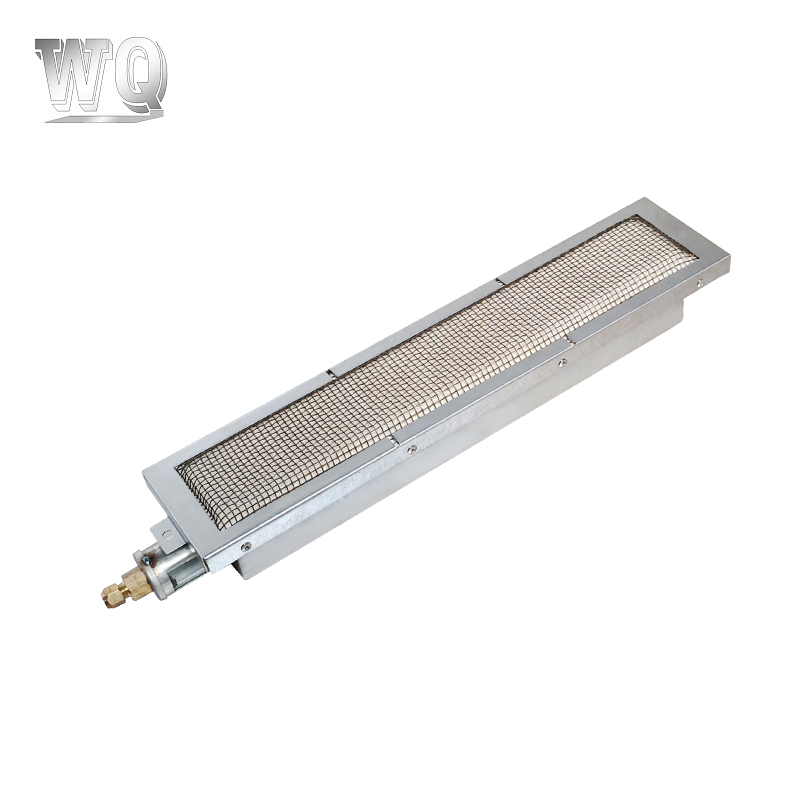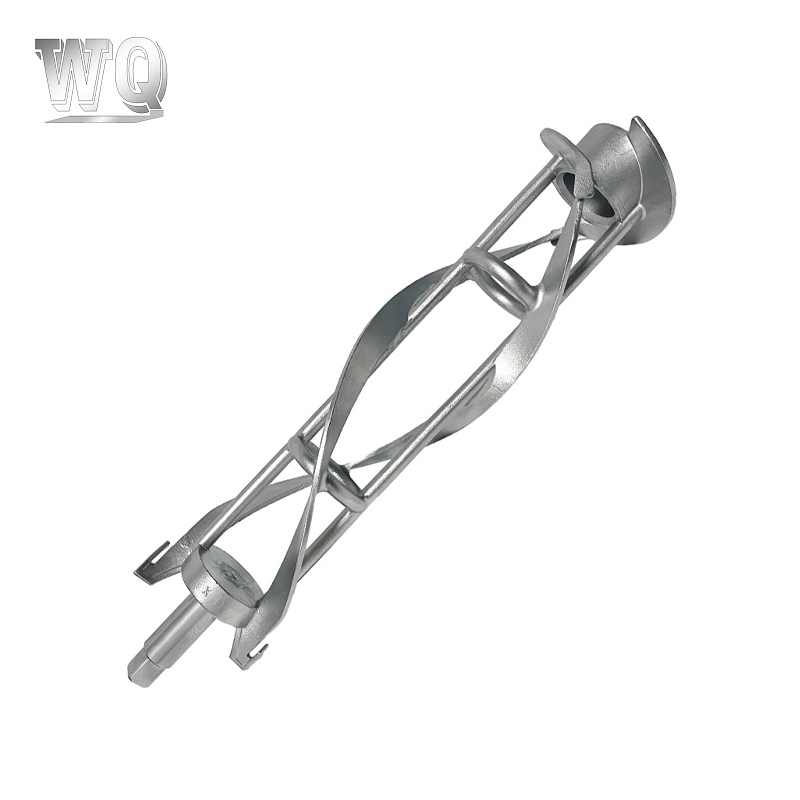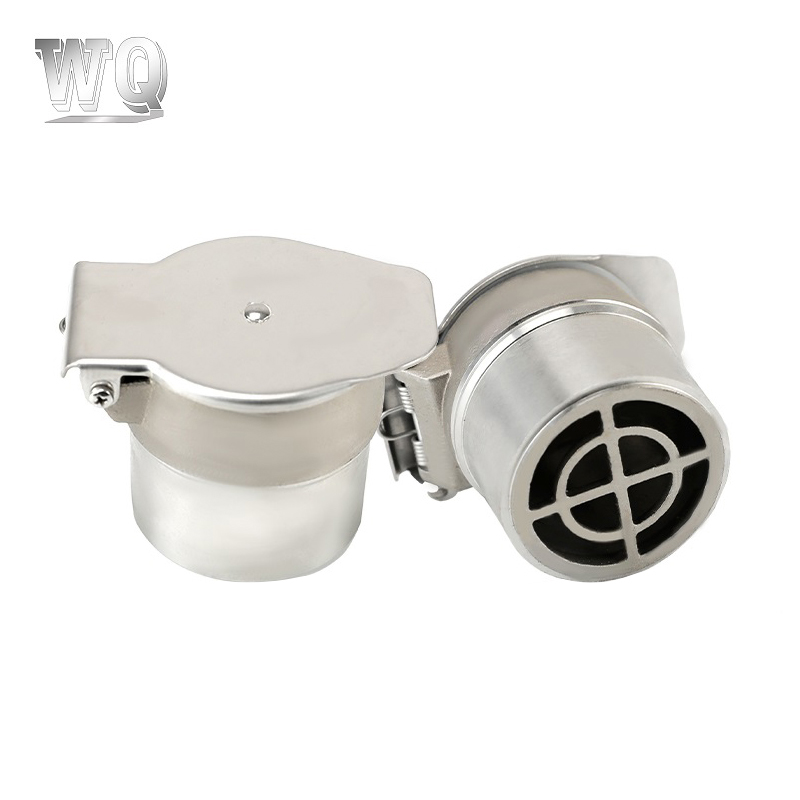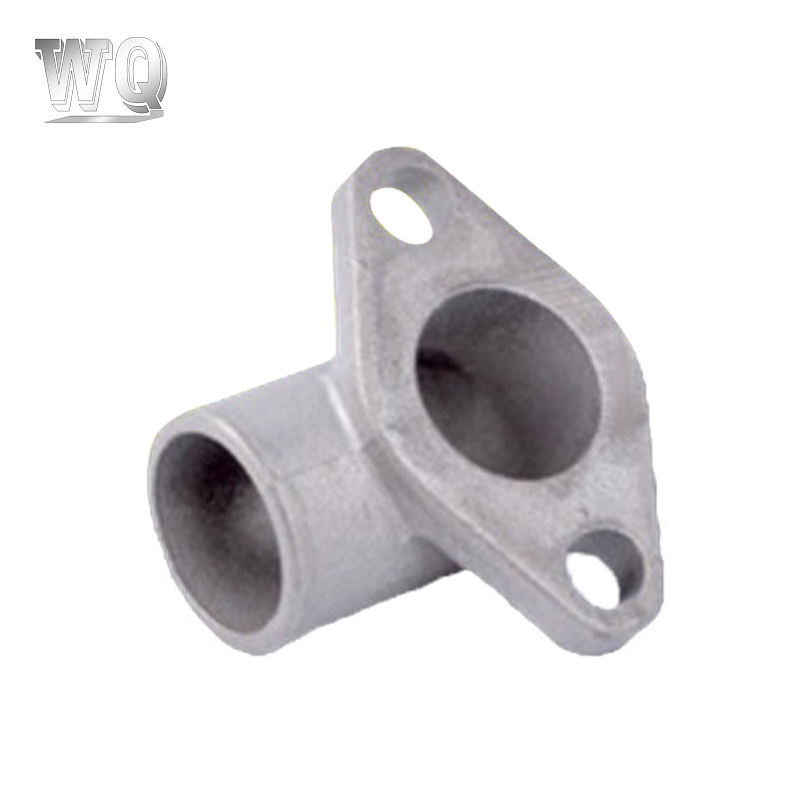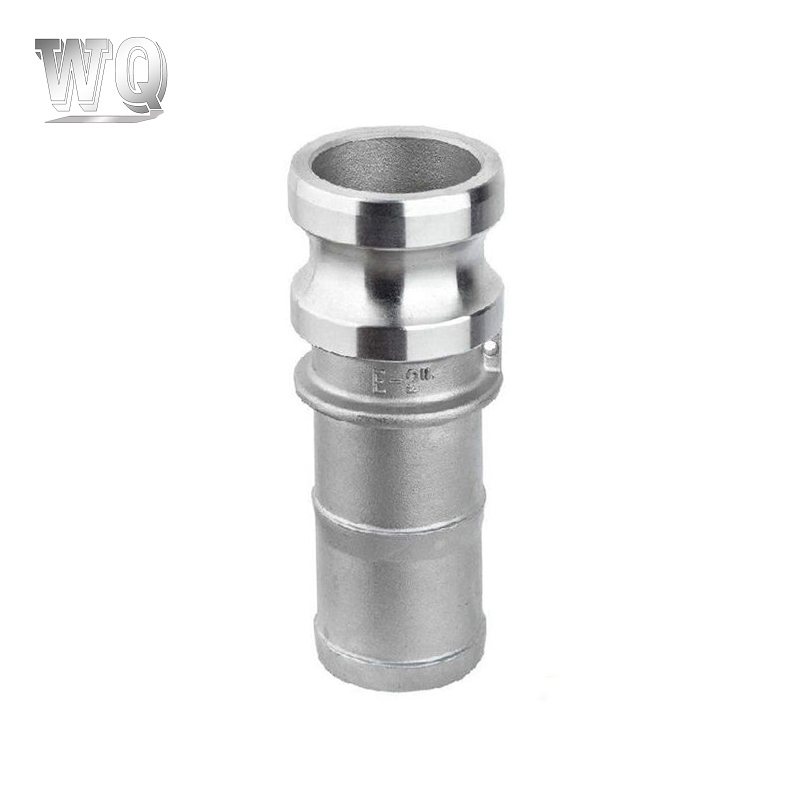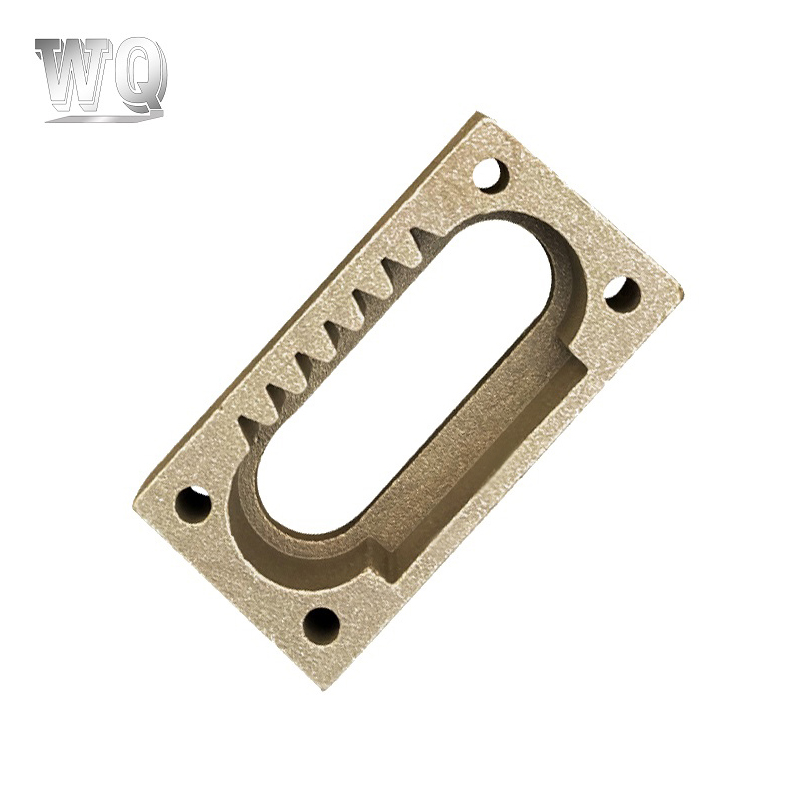Grilling is one of the most beloved cooking methods worldwide, especially in outdoor settings like backyards, campsites, or patios. Whether you're searing steaks, grilling vegetables, or slow-cooking ribs, the performance of your grill is essential. One critical factor that affects a grill’s durability and safety is the material of its components, especially when exposed to high heat. Among various materials, stainless steel parts are widely used in BBQ grills—but are they truly suitable for high-temperature grilling?
The short answer is: Yes, stainless steel parts are highly suitable for high-temperature grilling, especially when made with the right grade and thickness. Let’s explore why stainless steel is such a reliable material for grilling under intense heat and what factors you should consider.
Why Stainless Steel Is Used in BBQ Grills
Stainless steel is an iron-based alloy containing chromium (usually around 10.5% or more), which gives it its signature resistance to rust and corrosion. In BBQ grills, stainless steel is commonly used for:
Grates
Burners
Heat plates (flame tamers)
Housings or bodies
Warming racks
Side shelves and control panels
Stainless steel offers a combination of heat resistance, strength, hygiene, and easy cleaning, making it ideal for long-term outdoor use.
High Temperature Resistance of Stainless Steel
Grilling often involves temperatures ranging from 400°F (200°C) to 700°F (370°C) or even higher when searing. The key concern is whether stainless steel can withstand repeated heating cycles without warping, corroding, or breaking down.
Here’s how stainless steel performs:
| Stainless Steel Grade | Max Operating Temp | Common Use in Grills |
| 304 Stainless Steel | ~870°C / 1600°F | Grates, burners, bodies |
| 430 Stainless Steel | ~815°C / 1500°F | Grill lids, heat shields |
| 201 Stainless Steel | ~760°C / 1400°F | Budget grill parts |
As shown above, 304 and 430 stainless steel grades—the most common in BBQ grills—easily handle grilling temperatures, even during searing.
Advantages of Stainless Steel in High Heat
1. Resistance to Warping
Quality stainless steel, especially when thick and properly fabricated, holds its shape under high heat. This is especially important for grates and burners, which are constantly exposed to direct flame.
2. Corrosion Resistance
Stainless steel resists rust even after repeated exposure to heat, moisture, grease, and acidic foods—conditions that would quickly damage lower-quality metals.
3. Easy to Clean
Stainless steel parts develop a dark patina or discoloration with use, but they can be cleaned easily with a wire brush or mild cleaner, even after intense grilling sessions.
4. Food Safety
Stainless steel is non-reactive, meaning it won’t leach chemicals or metallic flavors into your food, even when used over high heat. It also won’t chip like porcelain-coated materials.
Considerations When Choosing Stainless Steel Grill Parts
While stainless steel is generally heat-resistant, not all stainless steel is created equal. Here are some key factors to keep in mind:
1. Grade of Steel
304 stainless steel contains more nickel and is more corrosion-resistant, making it ideal for premium grill parts.
430 stainless steel is magnetic and less corrosion-resistant but still suitable for many parts.
201 stainless steel is often used in budget grills but has lower resistance to heat and rust.
2. Thickness
The thicker the material, the better it performs under high temperatures. Thin stainless steel parts may warp or dent over time, especially if the grill is left uncovered outdoors.
3. Welding and Construction
High-quality welds and seamless joints reduce the risk of cracks or damage when exposed to thermal expansion and contraction.
4. Maintenance
Even though stainless steel resists heat and rust, it still needs regular cleaning to remove grease and residue that can degrade performance and appearance.
Real-World Use in Grilling
In practical use, stainless steel components perform exceptionally well for tasks like:
Searing meat at 600°F or more — Stainless steel grates can achieve and maintain even heat, essential for proper sear marks.
Indirect heat cooking — Flame tamers and burners made of stainless steel help distribute heat evenly without burning the food.
Smoky, long-duration cooking — Unlike other materials, stainless steel won’t emit toxic fumes or degrade under slow-cooked barbecue temperatures.
For professional or frequent grillers, stainless steel grill components are considered a long-term investment, as they often outlast cheaper alternatives like cast iron or enamel-coated parts.
Yes, BBQ grill stainless steel parts are highly suitable for high-temperature grilling. Their exceptional heat resistance, structural strength, and rust-proof nature make them the go-to choice for outdoor cooking enthusiasts and professionals alike. Whether you're slow-smoking ribs or flash-searing steaks, stainless steel parts—especially those made from 304-grade—will handle the job with reliability and safety.
If you're in the market for a new grill or replacement parts, look for:
304-grade stainless steel
Thick gauge materials
Reputable manufacturing quality
Choosing the right stainless steel parts ensures that your grill performs well under heat, looks great over time, and lasts for years—even through the hottest summer barbecues.
